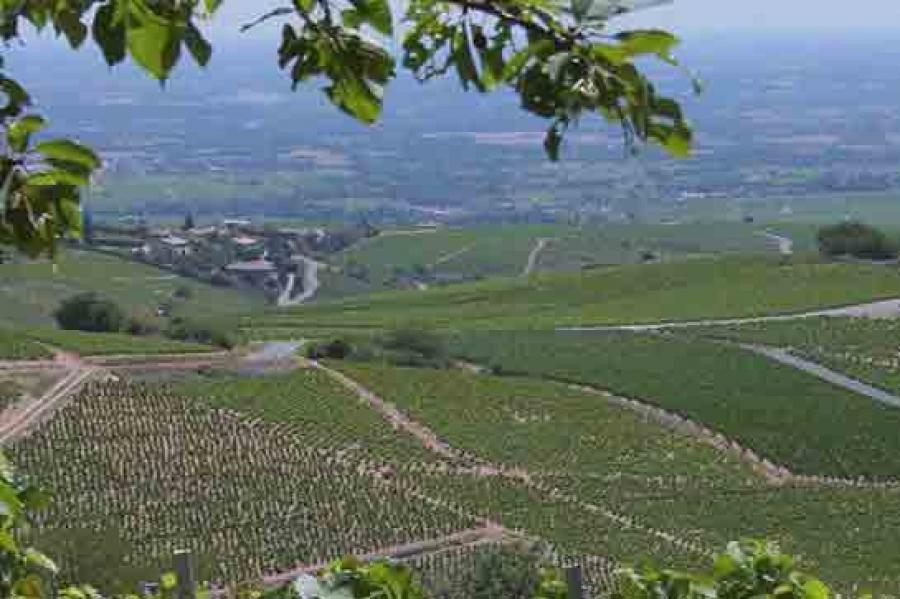Grape Expectations, is the choice of grape important?

Grape and Yeast
The cultivation of grapes dates back over 6,000 years. Wild grapes were harvested by foragers and early farmers. These were innocently turned into a fruity drink by pressing the grapes for the juice. What was unknown in those days is that grapes have natural occurring yeast on the skin. This would mix with the fresh grape juice and turn the ‘juice’ into wine, thus making it perhaps the oldest alcoholic drink!
The practice of knowingly making wine has been going on for thousands of years with the oldest known winery believed to be dated around 4000 BC in the near East. In fact the town of Shiraz in Iran is thought to be one of the first designated wine regions dating back to around 900 AD.
Though there is evidence of the Vitis vinifera existing in Europe in the Neolithic

Such was the popularity of wine throughout Europe that explorers would often take vines with them on overseas voyages in the hope of recreating their favourite wines when they landed on foreign shores. One such group were the early settlers of the Americas but unfortunately for them Vitis vinifera cultivation was impossible due to the type of aphid which attacked the roots of the vines. There were, however, vines already growing on the new continent such as Vitis riparia, but the wines produced by these grapes were far too tart and acidic to drink.
It was this situation which led to the practice of grafting. This is essentially where you take the vine from one type of Vitis and graft it onto the root stock of another. In this way they were able to replicate some European wines in the inhospitable soils of the New world.
This was incredibly handy in the 19th century when Europe was infested with an aphid which feasted upon the roots of most of the Vitis vinifera of main land Europe. This had an absolutely devastating effect upon wine production and necessitated a vine pull on a massive scale. It was many years before the industry recovered but it wouldn’t have been possible at all had it not been for the ability to graft two species of vine together.
So how does the species of grape effect the wine in your glass? At a glance, a bunch of Grenache grapes may look just like a bunch of Pinot Noir grapes, however there are extremely important differences in the physiological make up which make a huge contribution to almost every aspect of the wine it will produce. A bunch of Grenache grapes for instance is made up of large grapes with very thick skins. These thick skins protect the fruit from extremes of temperature and also release a lot of dark pigment when crushed. Pinot Noir, on the other hand, have very thin skins so needs to be grown in a cooler climate and far less colour or tannin is imparted onto the finished wine. Pinot Noir does however have an unusually high concentration of phenolic enzymes. These are the enzymes which develop into desirable wine aromas and are what makes the best Pinot Noir among the most prized wines in the world.
When it comes to contemporary wine production and assessing the current market place grape variety has become more important than ever. There are currently more single variety wines on offer that ever before, with entire countries often being largely dependent on one single grape variety. Good examples of this include Malbec in Argentina, Sauvignon Blanc in New Zealand, and Pinotage in South Africa which was actually developed in a laboratory to give South Africa a unique wine which it could market.
So, is the choice of grape important? I would say that the answer is unequivocally yes in terms of flavour, body and even price. However whilst each grape has utterly unique characteristics, how these develop are often massively dependent upon the conditions in which they are grown. This gives rise to the concept of terroir, but that’s an article for another wine club…
